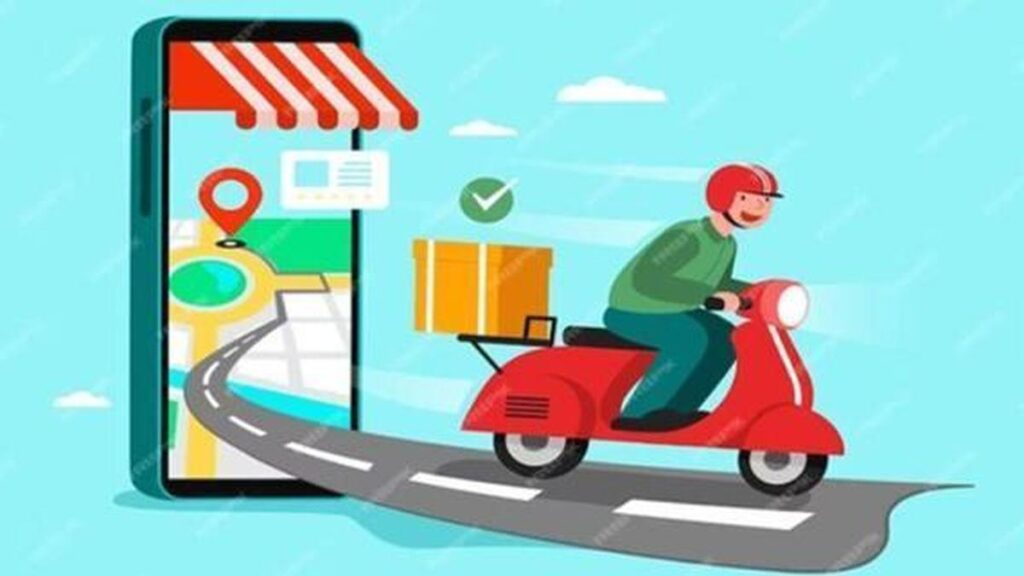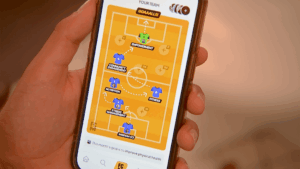
E-commerce, q-commerce continue to grow strongly for FMCG players in Q4FY25
E-commerce and Quick Commerce Drive FMCG Growth in Q4FY25: Digital Sales Surge 66%
Table of Contents
Changing consumer patterns drive FMCG digital sales growth – Image Credits: cueapi
Overview
The Fast-Moving Consumer Goods (FMCG) sector has witnessed a significant transformation in Q4FY25, with digital sales channels experiencing unprecedented growth. E-commerce and quick commerce have emerged as key drivers of this expansion, reflecting changing consumer patterns and preferences in the retail landscape.
Key Growth Metrics
FMCG companies reported 66% growth in e-commerce and 8.5% contribution from quick commerce to domestic sales in Q4FY25, marking a significant shift in consumer buying behavior.
Growth Statistics
The digital transformation in FMCG has reached new heights, with companies reporting impressive growth metrics. Quick commerce now contributes 8.5% to domestic sales, while e-commerce has shown a remarkable 66% growth rate. This shift represents a fundamental change in how consumers interact with FMCG brands.
Digital Sales Breakdown
- E-commerce growth: 66%
- Quick commerce contribution: 8.5% of domestic sales
- Modern trade growth: 26%
- Digital channels contribution: 14-15% of total business
Company Performance
Leading FMCG companies have demonstrated strong performance in digital channels. Tata Consumer Products reported a 66% growth in e-commerce, with significant investments in technology and infrastructure to support this expansion. The company’s digital channels now account for 14-15% of its total business.
Nestlé India’s Chairman and Managing Director, Suresh Narayanan, highlighted the importance of e-commerce in the company’s growth strategy, noting that digital channels contributed significantly to the company’s performance in the financial year ending March 31, 2025.
Market Trends
The quick commerce market in India is projected to grow at an annual rate of 15.54% (CAGR 2025-2030), reaching a market volume of $11.08 billion by 2030. This growth is expected to attract 65 million users by the end of the decade, according to Statista.
Strategic Response
FMCG companies are responding to changing consumer patterns by introducing varied assortments and premium product offerings through digital channels. Hindustan Unilever Ltd has nearly doubled its product assortment to meet diverse consumer needs.
Future Outlook
The strong growth in digital sales channels indicates a permanent shift in consumer behavior. FMCG companies are expected to continue investing in digital infrastructure and capabilities to capitalize on this trend. The focus on quick commerce and e-commerce is likely to intensify as companies seek to meet evolving consumer expectations for convenience and speed.
Key Takeaways
- E-commerce growth of 66% in Q4FY25
- Quick commerce contributes 8.5% to domestic sales
- Digital channels account for 14-15% of total business
- Projected quick commerce market growth of 15.54% CAGR
- Expanded product assortments to meet consumer needs






